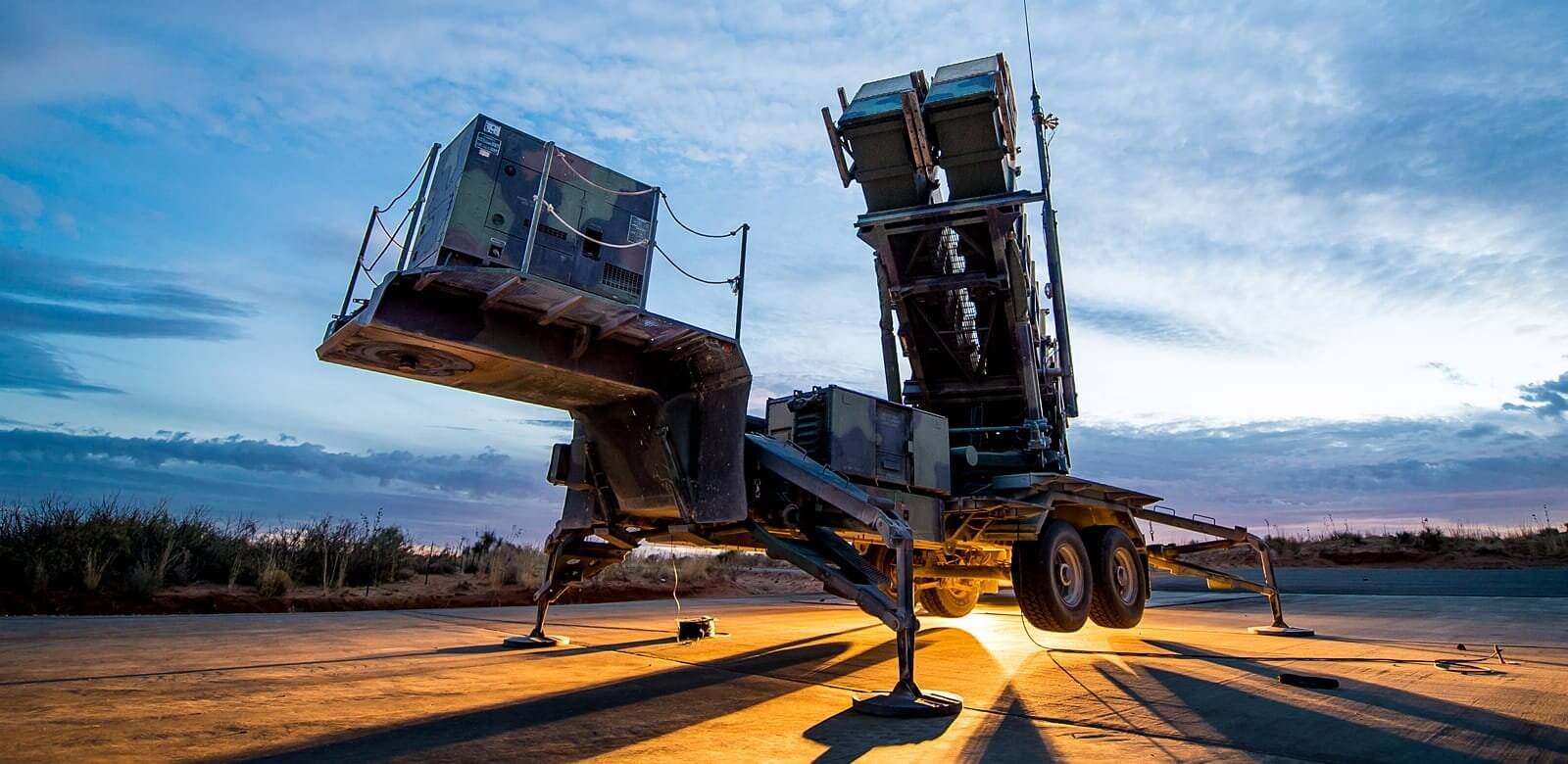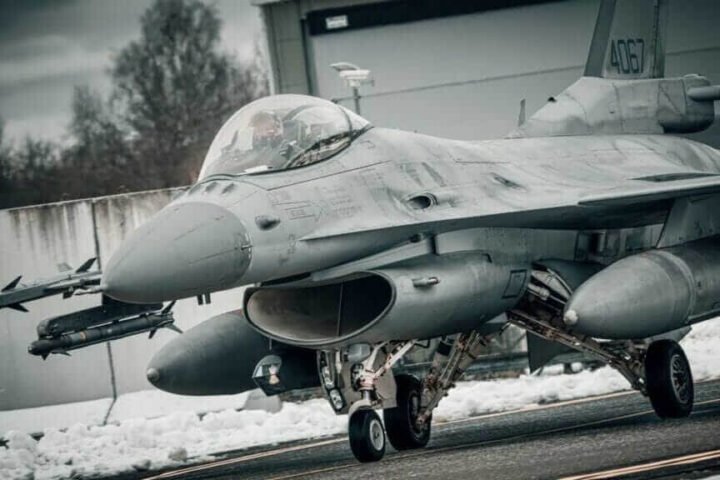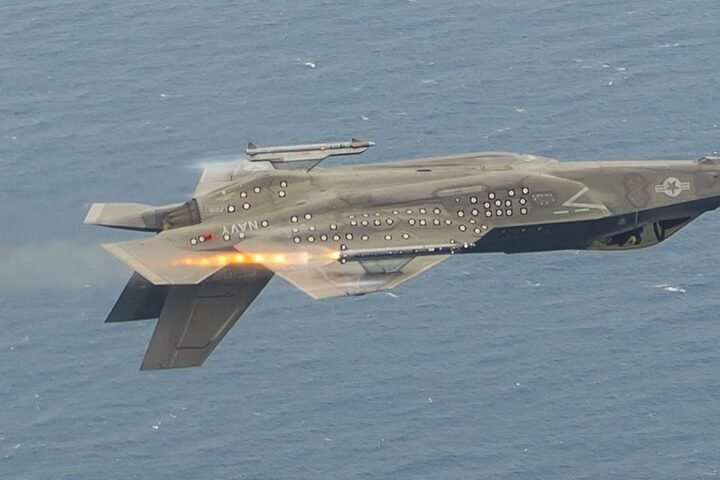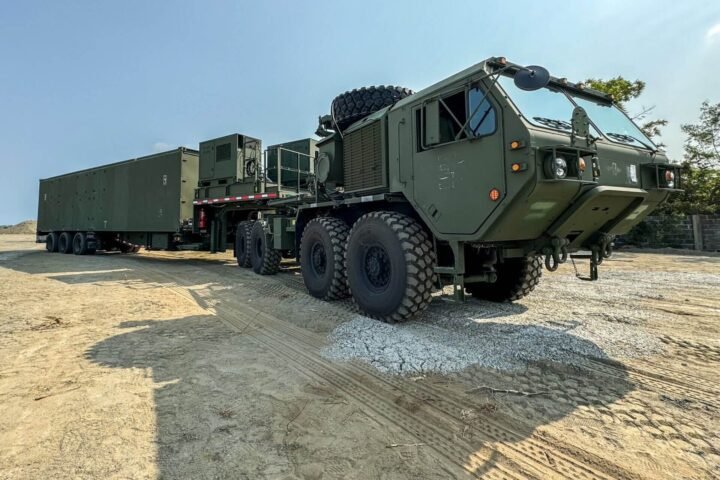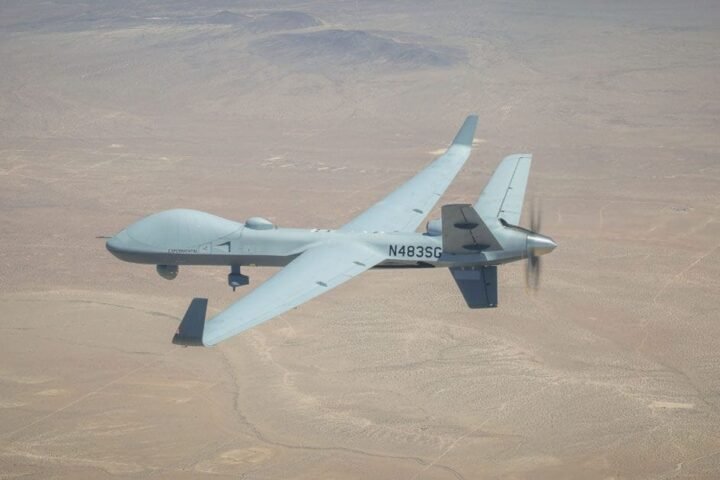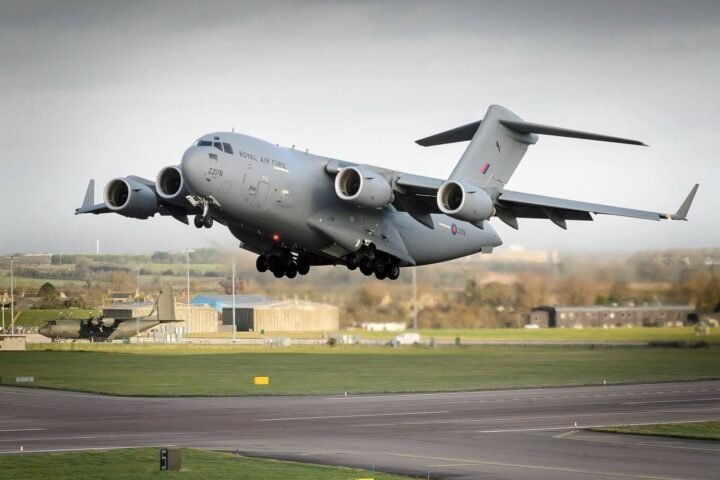The U.S. Department of State has approved a potential foreign military sale (FMS) to the Danish government of the PATRIOT system enabled with the Integrated Air and Missile Battle Command System (IBCS) and related equipment, costing an estimated $8.5 billion.

The Defense Security Cooperation Agency (DSCA) has issued the required certification, notifying Congress.
The Danish Request
The Danish Government has requested the purchase of thirty-six (36) tactical ballistic missiles with enhanced guidance PATRIOT MIM-104E (GEM-T); twenty (20) PATRIOT Advanced Capability-3 (PAC-3) Missile Segment Enhancement (MSE); two (2) AN/MPQ-65 radar sets; two (2) engagement control stations (ECS); two (2) radar interface unit (RIU) modification kits; six (6) M903A2 PATRIOT Launching Stations (LS); six (6) Integrated Air and Missile Battle Command System (IBCS) launcher software network (LINK) kits; two (2) IBCS engagement operations centers (EOC); two (2) IBCS Integrated Collaborative Environments (ICE); six (6) IBCS Integrated Fire Control Network (IFCN) relays, and two (2) Electric Power Plants III (EPP III).
Additionally requested are communication equipment including, but not limited to, the Identification Friend or Foe (IFF) system AN/TPX-57A, the GPS receiver (Defense Advanced Global Positioning System) (DAGR), the future Combat Net Radio and the AN/PRC-163 radio.
Also foreseen are instrumentation and test and support equipment; generators; publications and technical documentation; training equipment, including the Air Defense Reconfigurable Trainer; spare and repair parts; personnel training; support of the Technical Assistance Field Team; technical assistance and services from the U.S. government and contractors, engineering and logistical support and other related elements of logistics and program support.
The Role of the United States Government and Contractors
The proposed sale will enhance Denmark’s ability to address current and future threats, boosting its combat capability. Denmark will use these munitions to defend NATO Allies and its partners.

The main contractors will be RTX Corporation, with headquarters in Arlington, Virginia; Lockheed-Martin, headquartered in Dallas, Texas; and Northrop Grumman, headquartered in Falls Church, Virginia. At the moment, the U.S. government is not aware of any compensation agreement proposed in relation to this potential sale.
The implementation of this proposed sale will require the assignment of 12-17 additional U.S. Government representatives and 17-23 contractor representatives who will periodically travel to Denmark for up to 7 years for the installation of equipment, system control, training, and technical and logistical support.
Patriot GEM-T and PAC-3
The Guidance Enhanced Missile, GEM-T for short, is a Patriot variant available to the U.S. Armed Forces and international customers.

The GEM-T missile provides enhanced capacity to engage tactical ballistic missiles, cruise missiles, or enemy aircraft in addition to the PAC-3 missile.
A modernized digital fuse eliminates obsolescence and introduces significant performance improvements against tactical ballistic missile targets. This design increases sensitivity for better performances against high-speed tactical ballistic missile targets. The low-noise front end of the GEM-T has increased the sensitivity of the search sensor for better acquisition and tracking.
The new low-noise oscillator has a modified down-link, which provides a higher signal-to-interference ratio, improving the acquisition and tracking of small air threats and cruise missiles in clutter.
The PAC-3 Missile Segment Enhancement (MSE) expands the battle space, thanks to a dual-pulse solid rocket motor that enhances performance in terms of reachable altitude and range.
The PAC-3 MSE missile is a high-speed interceptor defending from incoming threats, including tactical ballistic missiles, cruise missiles, advanced threats, and fighter aircraft.
The PAC-3 MSE effector uses ‘Hit-to-Kill’ technology, intercepting threats through kinetic energy by direct impact with the target.
Integrated Battle Command System (IBCS)
The Integrated Battle Command System (IBCS) unifies current and future command and control systems, providing a comprehensive view of the battle space and enabling quicker and more effective decisions in threat management.

Thanks to its flexibility and adopted open architecture, IBCS offers innovative capabilities to modernize terrestrial missile and air defense.
In fact, through its modular, open, and scalable architecture, IBCS allows for a single image of the battlefield, giving commands more time to make decisions, enabling joint and coalition operations.
IBCS is already in production for the US Army and used in Poland, while its deployment for the defense of the island of Guam in Micronesia, in the Western Pacific, is planned.
In the ranks of the US Army and the Polish Army, the IBCS will be integrated with the PAC-3/MSE Patriot air and missile defense systems and the Lower Tier Air and Missile Defense Sensor (LTADMS), the AESA radar sensor with 360° coverage for surveillance, tracking and pursuit of piloted or remotely controlled aircraft and low-flying cruise missiles.
Source Defense Security Cooperation Agency (DSCA)
Photo credit @US Army and @Lockheed Martin

